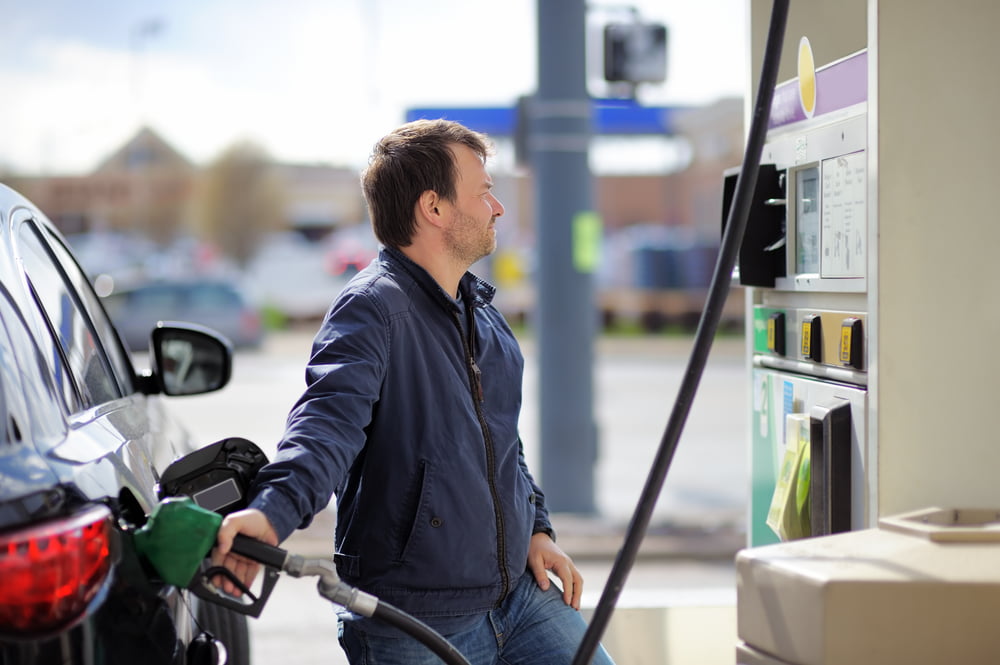Gas station owners in Belgium can count on an increase in Dutch customers.
From Tuesday, the petrol price at the Belgian pump will become more attractive, almost fifty cents cheaper per liter than in the Netherlands. This price shift brings a new dynamic to the fuel market, especially for gas station owners along the Dutch-Belgian border. For Dutch people living near this border, a short drive to Belgium suddenly becomes a lucrative venture to fill the tank.
According to data from United Consumers, the average recommended retail price for a liter of E10 gasoline in the Netherlands is currently 2,22 euros. On the other hand, the new maximum price for the same fuel in Belgium is 1,77 euros, a difference of 45 cents. And it's not just E10; the premium fuel, petrol 98 (E5), also shows a clear difference. Where you pay an average of 2,36 euros in the Netherlands, in Belgium you pay 2 euros per liter—a difference of almost 36 cents. Even diesel drivers are cheaper on the other side of the border, although the margin is smaller; in Belgium you pay 1,93 euros per liter compared to a Dutch recommended price of 2,05 euros.
These price fluctuations have several causes. In the Netherlands, the temporary excise duty reductions have largely been reversed since July 1, 2023. This has increased the price of petrol by almost 14% and diesel by 6%. In addition, the Belgian price reduction is related to fluctuations on the international markets, which have been beneficial for consumers there.

It is not inconceivable that pressure will arise on the Dutch government to re-evaluate fuel excise duties, especially if it turns out that Dutch gas station operators at the border are permanently missing out on income.
This development could have a negative impact on Dutch gas station owners near the border. The potential customers who now cross the border for cheaper fuel mean a loss of income. This affects not only fuel sales, but also additional sales such as snacks, drinks and car washes that often take place at gas stations.
These types of price differences are not a new phenomenon. Border areas are often the scene of such economic shifts, but a price difference of almost fifty cents per liter is rare and raises questions about the sustainability of this situation. How the Dutch and Belgian governments will respond—for example, through adjustments in excise duties or other tax measures—is not yet clear, but consumers will reap the benefits for the time being.


